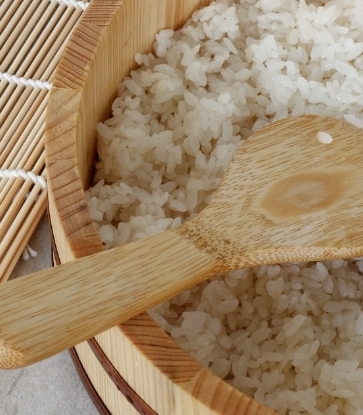For those looking for milk alternatives, there are plant-based milks growing in mass availability which can still offer similar nutrition, if not more. If you’re wondering what the fuss is all about, here’s five of them to consider.

Almond milk is arguably the most popular of nut milks for two very simple reasons: it packs a nutritional punch and weighs in at 50 per cent lower in fat than cow’s milk all while being lip-smackingly delicious. It’s proven to be so popular in fact that a 2015 report by Nielsen Company showed that sales of almond milk increased by 250% within five years. Fans of the milk tout the raw version to be healthier as heating reduces its nutritional profile but to make sure the nuts are tender enough to be blended, be sure to soak it overnight.
Oat milk
Not a fan of nutty tasting milk? Oat milk is a delicious alternative that’s packed with vitamins, fibre, folic acid and vitamin E as well as having a naturally mild sweet taste. It also contains more calcium than cow’s milk though those who are sensitive to gluten might have to give it a miss as it contains some amount. If you wish to make your own, be sure to soak the oats (steel cut or rolled are best) for 30 minutes before blending and straining in the proportions of one cup of rolled oats to three or four cups of water depending on your desired consistency.

Flax milk, made from whole flax seeds, is said to be healthier for your heart as it is cholesterol and lactose free. It also contains omega 3 fatty acids and really low in calories. The drawback? It contains minimal protein so those looking for another source would have to go for other types of milk. To make, simply blend half a cup of flax seeds with three cups of water and squeeze the mixture till all the milk is strained out. Add more water and your choice of sweetener to taste.
Coconut milk
Coconut milk has been on gaining ground in recent years thanks to a legion of dieters who subscribe to the paleo diet (to eat like a caveman). It is rich in iron and lauric acid which may aid in counteracting viruses and germs. Nutritionists warn though that it is calorically dense and high in saturated fat with one cup of coconut milk being equivalent to 40 grams of fat. Various versions of differing quality are available in the market but if fresh coconuts are available, it’s best to make it yourself. To do so, first split open the coconut and grate its white flesh and blend it in the ratio of four cups of water to two cups of coconut milk. Strain this in a cheese cloth.
Quinoa milk
If you’re looking for a non-dairy milk alternative that’s lower in fat than nuts, look no further than quinoa milk. It is rich in proteins and contains all the essential amino acids which makes it a viable alternative to soy milk. Unlike its counterparts though, quinoa cannot be consumed raw. It sports a layer of saponin – a compound responsible for giving plants and legumes its bitter taste – which can be removed by cooking. Once this step is done, the milk can be made by following the similar steps of blending and straining in a ratio of one cup of quinoa to two cups of water.
Recommended reading: View more wellness stories here.


















